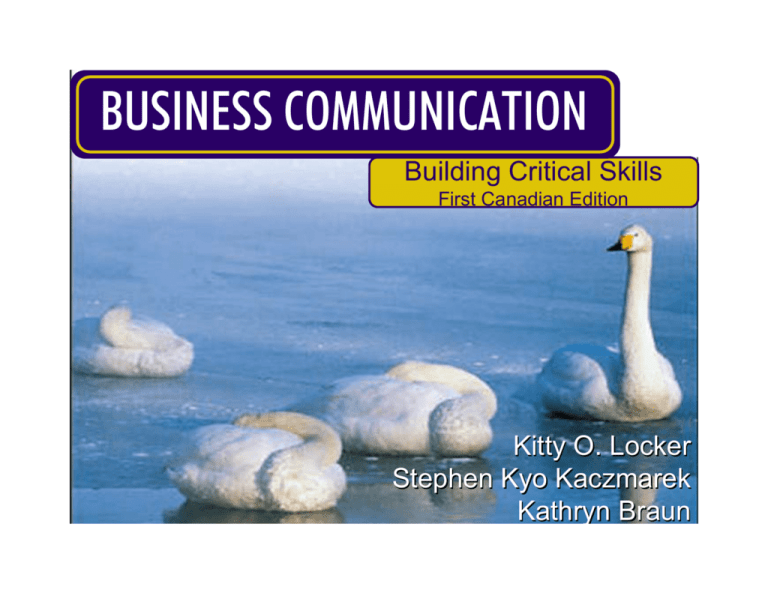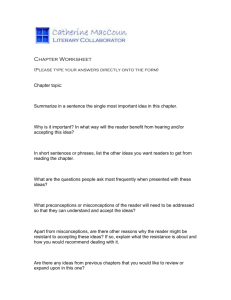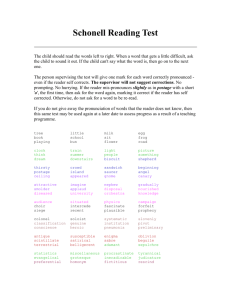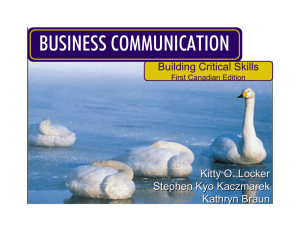
BUSINESS COMMUNICATION
Building Critical Skills
First Canadian Edition
Kitty O. Locker
Stephen Kyo Kaczmarek
©2002 McGraw-Hill Ryerson Limited. All rights reserved.
Kathryn Braun
odule 6
You-Attitude
Skills to
Begin building goodwill.
Adapt your message to the audience.
Emphasize what the reader wants to know.
See another point of view.
©2002 McGraw-Hill Ryerson Limited. All rights reserved.
odule 6
You-Attitude
Topics
How do I create you-attitude in my sentences?
Does you-attitude mean using the word you?
I’ve revised my sentences. Do I need to do anything else?
©2002 McGraw-Hill Ryerson Limited. All rights reserved.
You-Attitude
Looks at things from the
reader’s point of view.
Respects the reader’s
intelligence.
Protects the reader’s
ego.
Emphasizes what the
reader wants to know.
©2002 McGraw-Hill Ryerson Limited. All rights reserved.
To Create You-Attitude
Talk
about the reader, not yourself.
Don’t talk about feelings, except to
offer congratulations.
In positive situations, use you more
often than I. Use we when it
includes the reader.
Avoid you in negative situations.
©2002 McGraw-Hill Ryerson Limited. All rights reserved.
You-Attitude in Different Situations
In a positive message, focus on
what the reader can do.
Avoid you when it criticizes the
reader or limits the reader’s
freedom.
In a job application letter, show how
you can help meet the reader’s
needs, but keep the word you to a
minimum.
©2002 McGraw-Hill Ryerson Limited. All rights reserved.
To Create Goodwill with Content
Be complete.
Anticipate and answer questions
readers are likely to have.
For information the reader did not
ask for, show why it is important.
Show readers how the message’s
subject affects them.
©2002 McGraw-Hill Ryerson Limited. All rights reserved.
To Create Goodwill with Organization
Put information readers are most
interested in first.
Arrange information to meet your
reader’s needs, not yours.
Use headings and lists so that the
reader can find key points quickly.
©2002 McGraw-Hill Ryerson Limited. All rights reserved.












